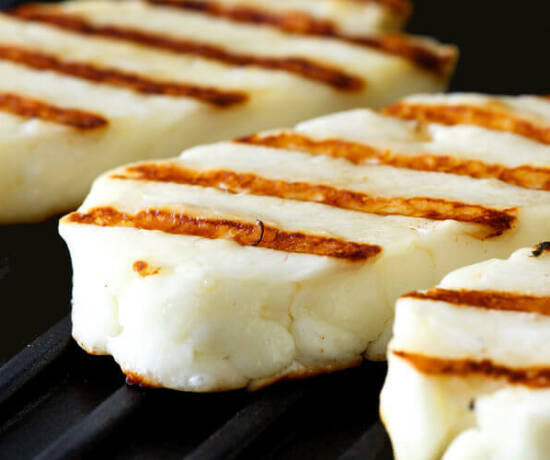Cooking should not be too complicated. Can it be difficult sometimes, sure, but would it not be nice if confusions can be taken out of the mix.
I know from personal experience, how confusing it can be to convert from a metric system to an imperial system in measuring things. Add to that the differences between Fahrenheit and Celsius and last but not least we have words that sound very similar but do not necessarily mean the same.
Let me give you a few examples:
Cornmeal, Polenta and Grits. Are They Interchangeable?
No, they’re not. Cornmeal is an ingredient; polenta is an Italian dish and grits a staple dish in the Southern United States.

But these terms are sometimes used interchangeably because they are all made from cornmeal. Many manufacturers label cornmeal, polenta and grits as such in the hope that you buy all 3 products instead of just one. Polenta is made from yellow corn and often coarser than the cornmeal used in corn bread. Grits is traditionally made from white corn instead of yellow.

Cornmeal, Corn Flour and Cornstarch; Is There a Difference?
Yes, there is a difference. Corn meal, corn flour, and cornstarch are again all made from corn, but their texture, flavor, and use/characteristics are different.
Cornmeal and corn flour are made by grinding whole corn kernels. There are different types of cornmeal depending on the kind of corn (white, blue or yellow) or the fineness of the grind; fine, medium and coarse. Most store-bought cornmeals are degerminated, meaning the nutritious, oily germ and bran are removed in processing. This makes it shelf stable. On the other hand, stone-ground cornmeal retains some of the hull and germ of the kernels, resulting in a more nutritious but also more perishable cornmeal due to the higher fat content. Luckily, the availability of stone-ground cornmeal is improving. It is recommended to keep stone-ground cornmeal in the fridge, once the package is opened.

Finely ground whole corn kernels are often called Corn flour. Flours are used in baking goods, please be aware that corn flour won’t produce the same rise as those made with wheat flour as it is naturally gluten-free. Here in the South, corn flour is used to coat fried foods, such as shrimp and chicken; it adds a pleasant flavor and a crispy crunch, without the grittiness of cornmeal. Corn flour is called maize flour in the UK.
Cornstarch is a made from a flavorless part of the kernel, the endosperm. The starch is extracted and dried to form a fine white powder. Cornstarch is basically starch, without any fiber, protein, fat or other nutrients. Cornstarch is called corn flour in the UK.

Last but not Least, Maize, Maizena and Maize flour.
Maize is used in British English and more frequently used in scientific applications than corn. Maizena is a brand name that is used in various countries and is corn starch, and we just learned that maize flour (UK) is what we call corn flour in the US.
Hope this clears some of the confusion. Happy cooking.




No Comments